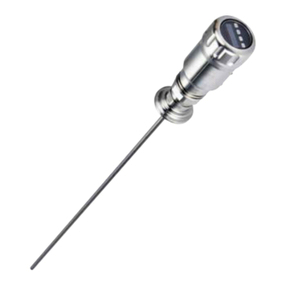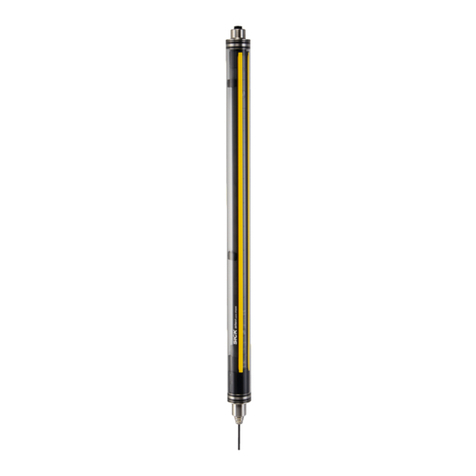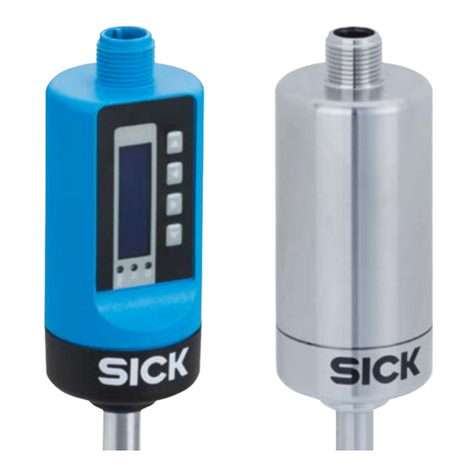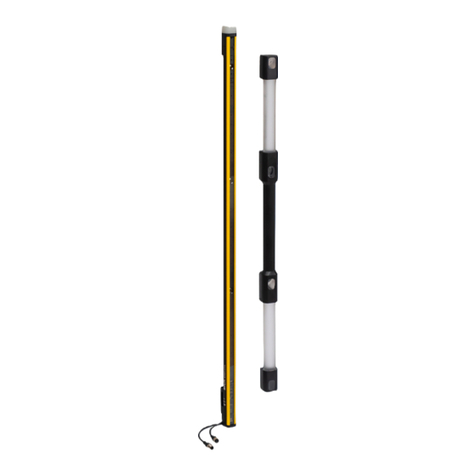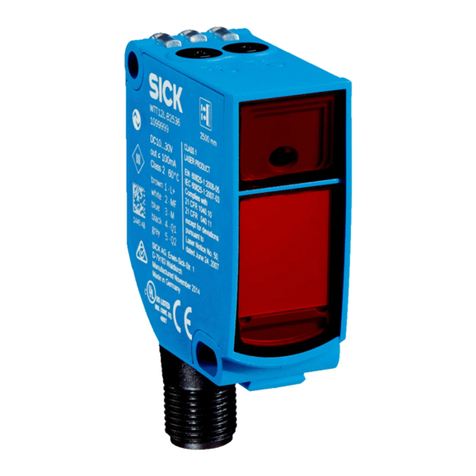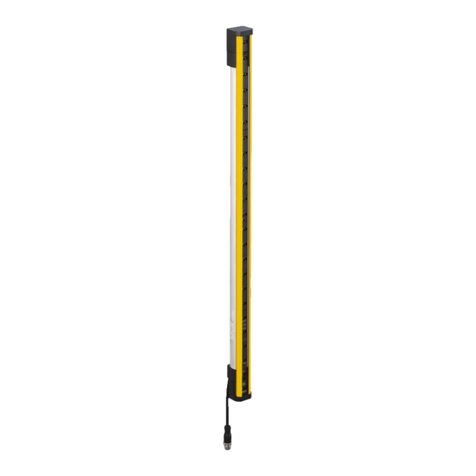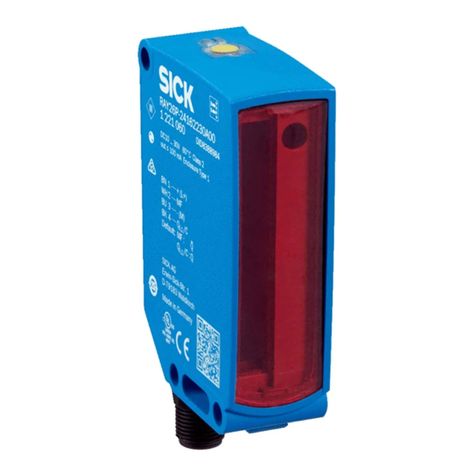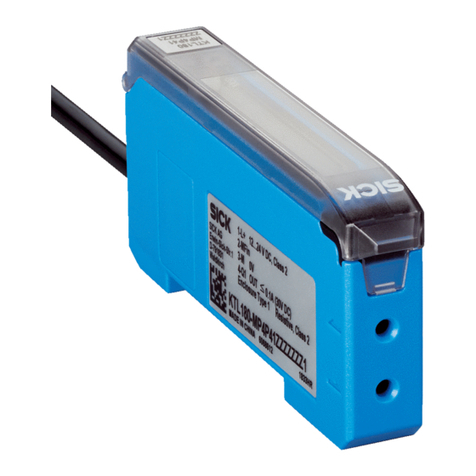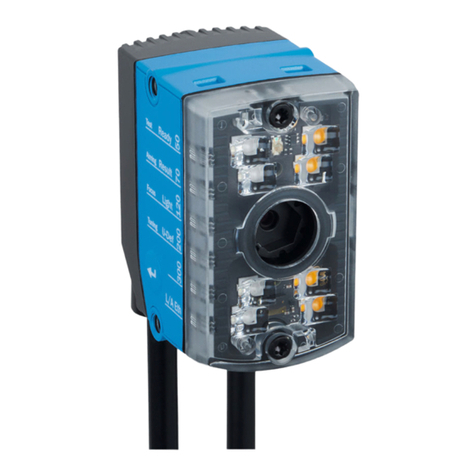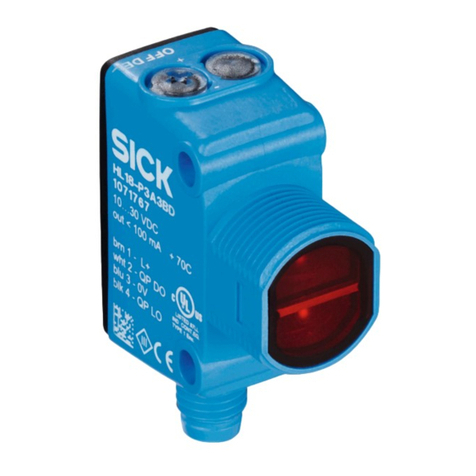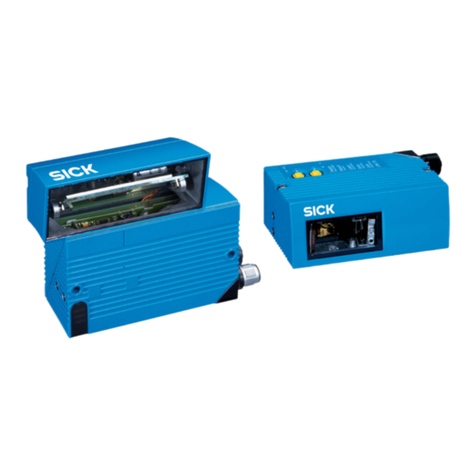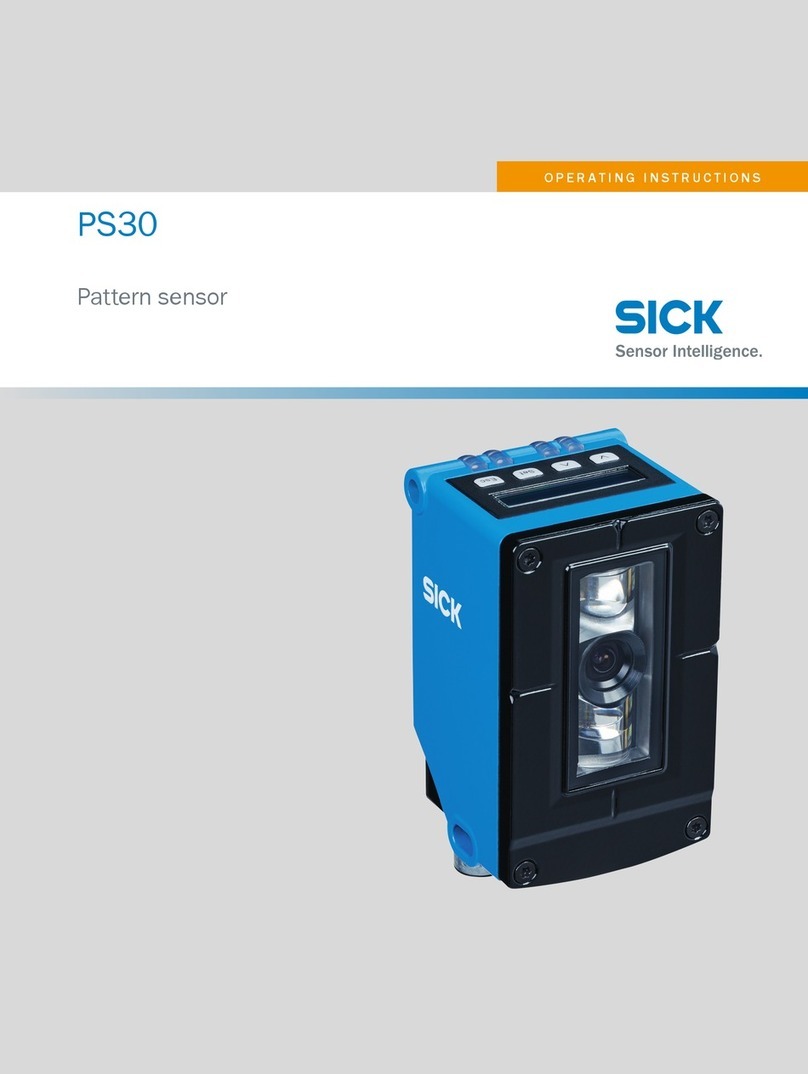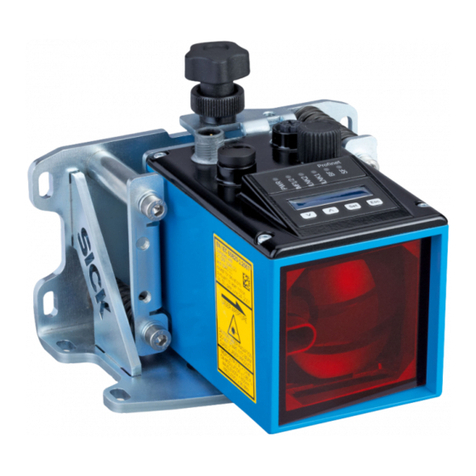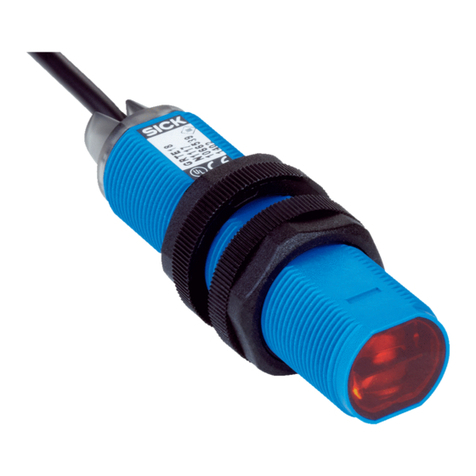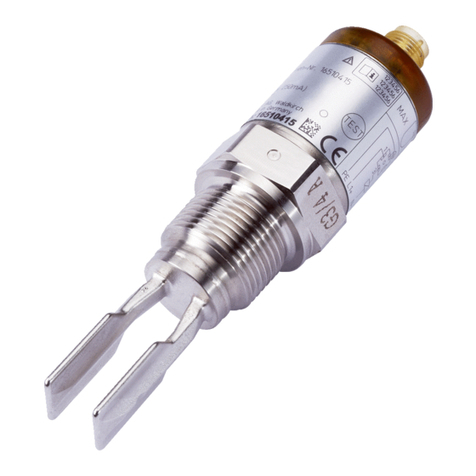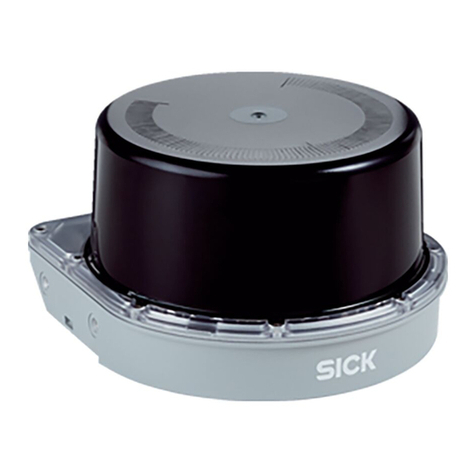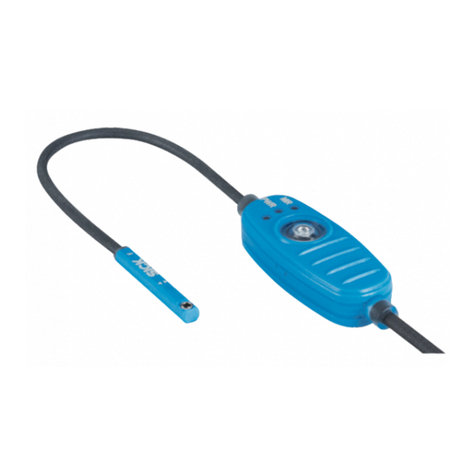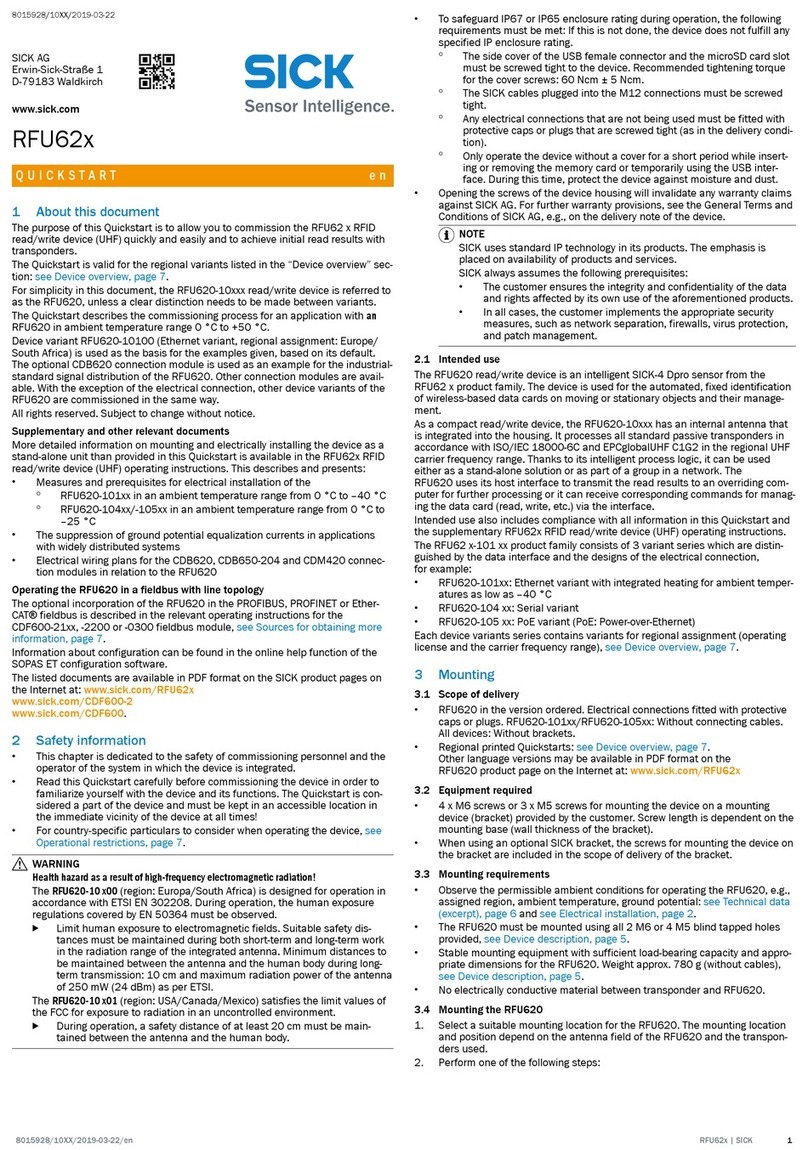
10.7 Position Sensor Object class (class code 23h)....................................... 57
10.7.1 Instance attributes of the position sensor............................. 57
10.7.2 Device-specific instance attributes........................................ 60
10.8 Preset – move to initialization position................................................... 66
10.8.1 Triggering static preset via multifunction input MF1............. 66
10.8.2 Triggering dynamic preset via cyclic I/O data of output
assembly.................................................................................. 67
10.8.3 Triggering static preset via explicit EtherNet/IP message
services.................................................................................... 67
10.8.4 Triggering autozero via explicit EtherNet/IP message serv‐
ices........................................................................................... 67
10.8.5 Resetting preset / autozero.................................................... 67
10.9 Commissioning in EtherNet/IP network.................................................. 68
10.9.1 Project planning with EDS file................................................. 68
10.9.2 Configuration as generic module............................................ 68
11 Maintenance...................................................................................... 71
11.1 Cleaning..................................................................................................... 71
11.2 Maintenance plan..................................................................................... 71
12 Troubleshooting................................................................................. 72
12.1 General faults, warnings, and errors....................................................... 72
12.2 Device status (LED PWR)......................................................................... 72
12.3 Warning messages................................................................................... 72
12.4 Error messages......................................................................................... 73
12.5 Communication problems........................................................................ 74
12.5.1 Ethernet problems................................................................... 74
12.5.2 EtherNet/IP faults.................................................................... 74
12.6 Returns...................................................................................................... 75
12.7 Repairs...................................................................................................... 75
12.8 Disposal..................................................................................................... 76
13 Technical data.................................................................................... 77
13.1 Optics......................................................................................................... 77
13.2 Performance data..................................................................................... 77
13.3 Supply........................................................................................................ 78
13.4 Inputs......................................................................................................... 78
13.5 Outputs...................................................................................................... 78
13.6 Interfaces.................................................................................................. 78
13.7 Ambient data............................................................................................. 78
13.8 Structural design...................................................................................... 79
13.9 Dimensional drawing................................................................................ 80
14 Accessories........................................................................................ 81
14.1 Mounting systems..................................................................................... 81
14.2 Cooler housing.......................................................................................... 82
14.3 Adapter Ethernet/IP.................................................................................. 82
CONTENTS
8016994/19HB/2022-03-15 | SICK O P E R A T I N G I N S T R U C T I O N S | DL100 Pro EtherNet/IP 5
Subject to change without notice

